Check out these amazing hotel deals!
- Save up to 30% on your hotel in Hawaii!
- Last-minute holiday hotel deals
- Top hotel deals for a new year trip
- Visiting Paris? Find the Best Deals & Reviews at TripAdvisor.
- Save 30% on hotels in Ocean City, Maryland...a TripAdvisor Top 10 Summer Destination!
- Save up to 30% on your hotel on your Winter Vacation!
- Find top-rated hotels at the lowest prices on TripAdvisor. Check rates now!
- Save up to 30% on hotels for a romantic getaway!!
The European continent has a long history behind it, made up of traditions, cultures that then met and mixed, legends, myths, and suggestive tales. Many of these stories that have been told and handed down for centuries are set in mysterious, fascinating, and silent places inhabited by more or less “known” presences: the forests.
In Europe, there are many forests scattered throughout the various nations and each one carries not only its own load of tales and legends but also the, hopefully, everlasting fascination of nature and the environment itself. Therefore, it’s important to know this world heritage and, most of all, to learn and continue to preserve and respect these truly unique places.
Now, let’s take a look at the 15 most beautiful forests in Europe!
15. Komi Primeval Forest, Russia
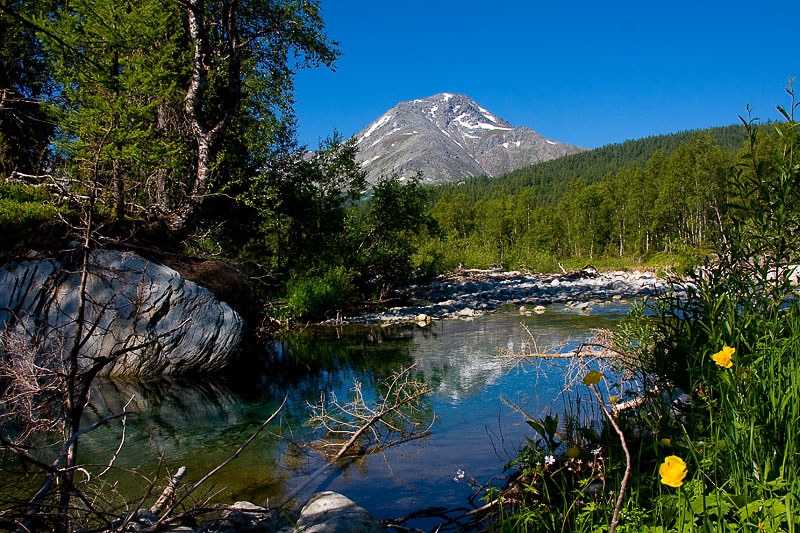
The Komi Primeval Forest consists of an area of 3.28 million hectares of tundra and mountain tundra in the Urals and is one of the largest areas of primeval boreal forest in Europe.
This vast area of conifers, poplars, birches, bogs, rivers, and natural lakes has been monitored and studied for over 50 years, as it provides valuable testimony to the natural processes affecting biodiversity in the taiga. It is the first Russian natural site that was inscribed on the UNESCO World Heritage List. It consists of two protected areas which together constitute the last European massif of primary forests, an area that has remained almost untouched. The forest is home to more than 40 mammal species, 204 bird species, and 16 fish species.
14. Durmitor National Park, Montenegro
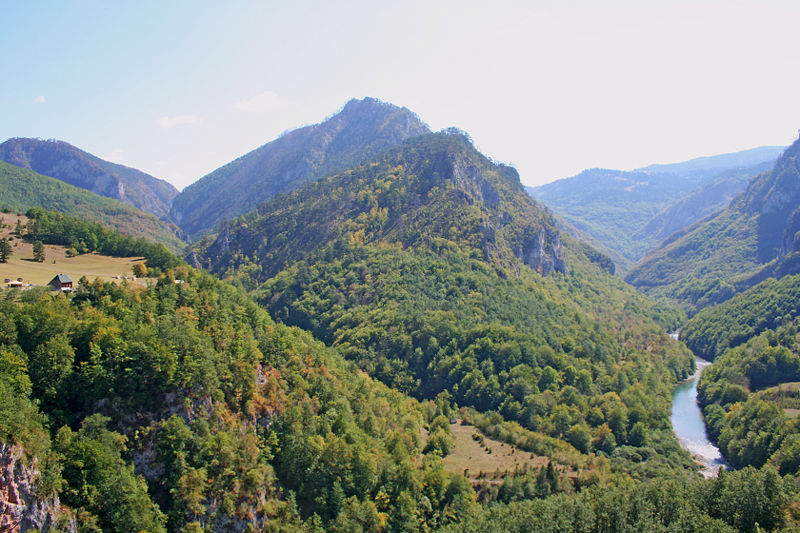
The park is located in the mountainous region of Bjelasica which is located in the central part of Montenegro between the Tara and Lim rivers and is surrounded by three municipalities: Kolasin, Berane, and Mojkovac. It extends on an area of 5,400 acres and is surrounded by mountains with peaks at over 2000 meters in height. Although it is the smallest of the four national parks of Montenegro, it is the one with the greatest variety of flora and fauna: there are as many as 26 different habitats that are home to 220 different plants, 150 species of birds, 10 species of mammals, and 86 types of trees. In the waters of the park, there are three types of trout and 350 types of insects.
The pristine forest, with over 500 years old trees witnesses battles between Turks on one side and Montenegrins and Serbs on the other side. There were also major clashes in the First Balkan War in 1912 as well as several partisan activities in the Second World War.
13. Irati Forest, Spain
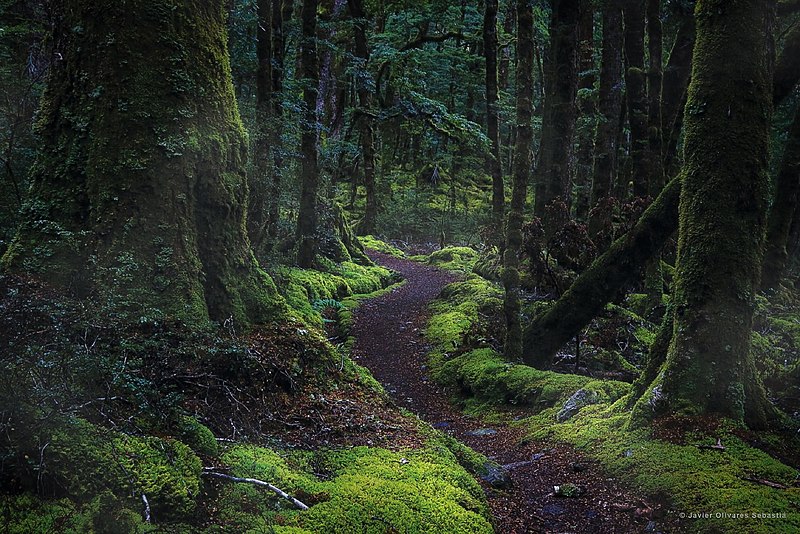
The Irati Forest is divided between the north of the Spanish region of Navarre and the Pyrenees Atlantiques in southwestern France. The Spanish part is located in the Irati river valley, between the Roncesvalles Orzanzurieta mountains to the west and Mount Orhi to the east. It is the largest forest in Navarre and one of the largest and best-preserved reserves of beech and fir trees in Europe. A walk in this forest will evoke a multitude of sensations: you will feel one with nature and will appreciate the wild sound of the water among the beech and fir trees, the freshness of the cold waters of the Irati River, and the fleeting sounds of animals.
There have always been legends related to the Irati forest, so during your trip, you may come across the Basajaun (the protective spirit of the forest in Basque mythology) a tall being, similar to the more famous Bigfoot in appearance, leaning on a stick. But don’t worry! If you have the courage not to escape his sight, he will be an excellent and harmless guide for you through the forest.
12. Forêt de Lyon, France

Although quite small and not as extensive as other French forests, the Forêt de Lyon (eng. Lyon Forest) is a place that everyone falls in love with instantly. It is known as the most beautiful beech forest in Europe: majestic trees seem to protect freshwater streams, leading visitors to an ancient Norman town with timeless beauty and charm.
But this forest also hides a rather disturbing place: the Mortemer Abbey, known as the most haunted place in France! Despite this, the ruins of this place are home to theatrical performances and other outdoor events during the summer. The forest was very popular during the 17th and 18th centuries in the French aristocracy, which is why there are five magnificent castles.
11. Umbra Forest, Italy
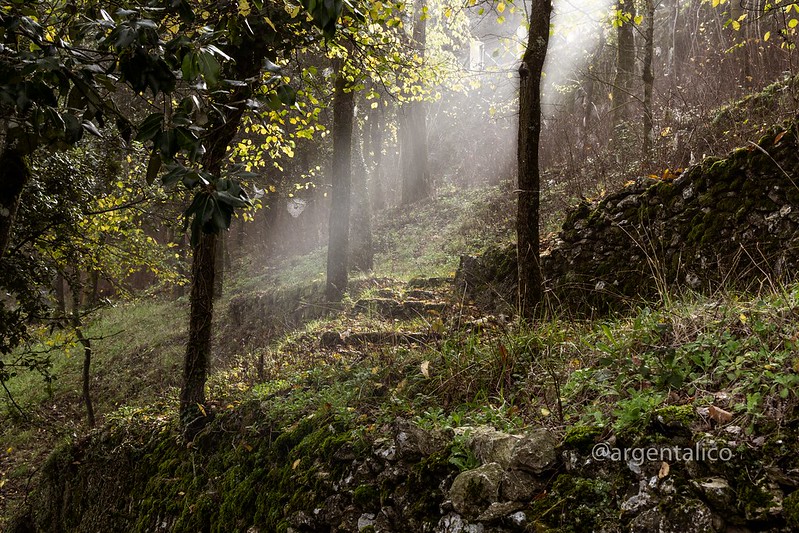
This forest is what remains of the much larger “Nemus Garganicum”, an immense expanse of woodland, also mentioned by Ovid, Strabo, and Virgil, which extended along the entire promontory. The Umbra Forest is one of the largest broad-leaved formations in Italy and is also one of the largest in all of Europe. It is mainly composed of beeches, turkey oaks, oaks, maples, and holm oaks. Apart from being the undisputed king of orchids (in the park there are about 80 protected species), this forest is also rich in history and legends. The most famous is the one that tells of how Frederick II of Swabia used the poison produced by yew trees, very common trees in this forest, to “get rid” of his over-pressing lovers.
10. Forêt de Fontainebleau, France
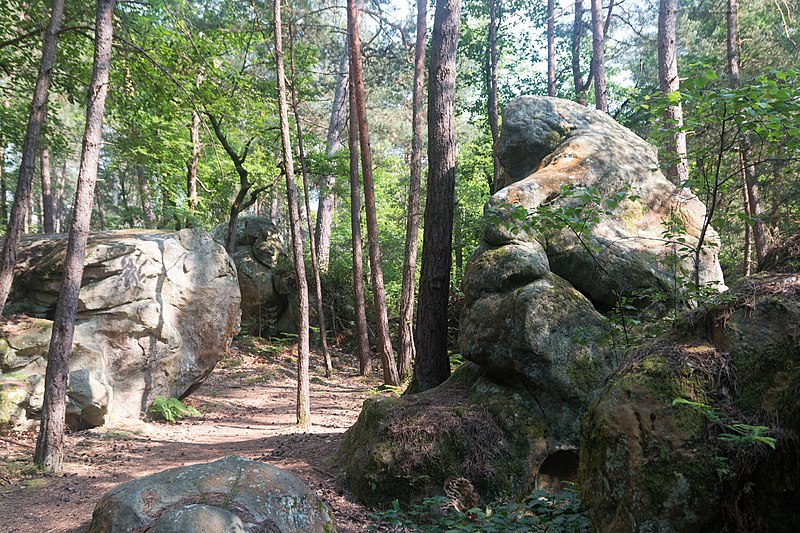
The Forêt de Fontainebleau (eng. Fontainebleau Forest) is one of the largest forests in France. Visitors mistakenly think that the main attraction of the place is the historic castle, but for the French, it is the forest itself – a true wild paradise for walking, trekking, mountain biking, and bird watching. Mountaineers and climbers train here, climbing up and down the famous boulders of Fontainebleau. It’s also a very romantic place, especially in autumn and spring and, of course, there is the castle!
9. New Forest, UK
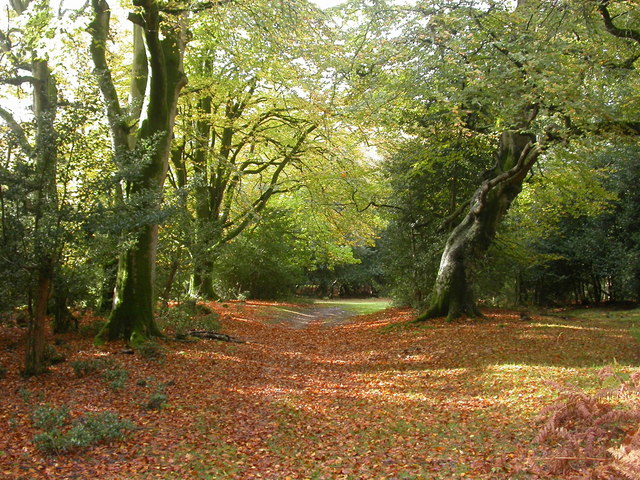
Despite the name, this forest is by no means “new”: over 900 years ago the territory was a hunting area for William the Conqueror, later it became home to ponies, deer, and cows, which have shaped the landscape. Today, it is a National Park extending mainly in southwestern Hampshire and encompassing a unique landscape: woods, moors, meadows, and wetlands form the backdrop to some picturesque villages, which withstand the passage of time.
Children will appreciate a walk, bike ride, and, most of all, horseback ride. In fact, this area is very famous for the hundreds of ponies that crowd it!
8. Trillemarka – Rollagsfjell, Norway
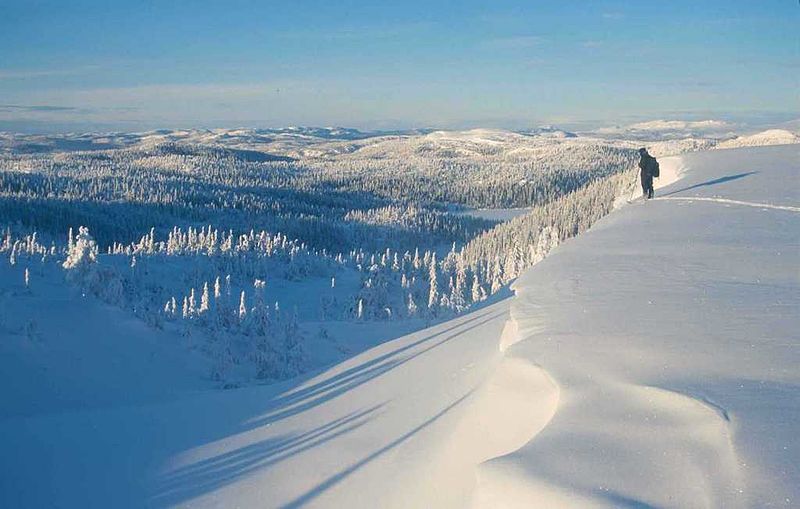
This nature reserve covers an area of 147 square kilometers and is located in the mountain areas between Nore in Numedal and Solevann in Sigdal, Norway. It is the last of the country’s last untouched ancient forests and preserves all its characteristics intact: pristine valleys, rivers, lakes, and very old trees, including 93 endangered species. The fauna is also particularly rich and there are many endangered animals including some species of woodpeckers and other birds.
7. Hallerbos Forest, Belgium
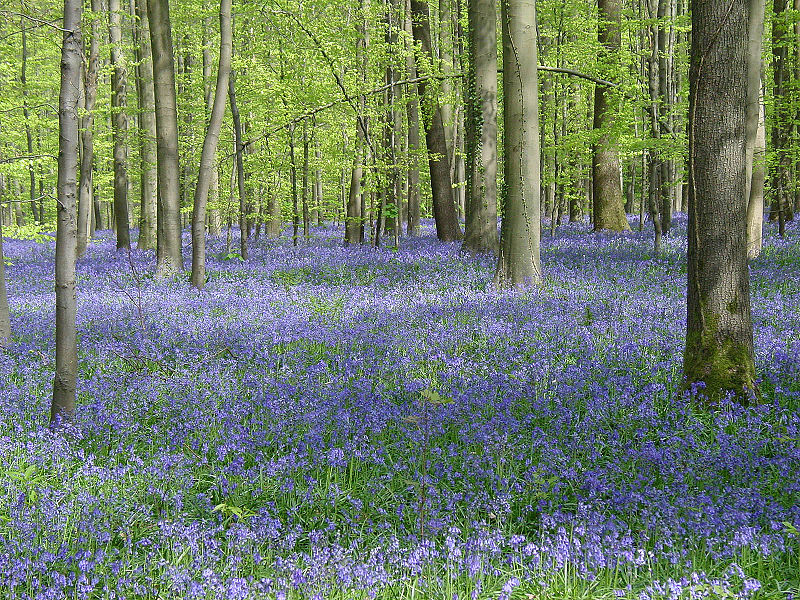
You have probably heard of the beautiful Bluebell Forest in Belgium. In fact, it’s one of the most visited and famous forests for its truly unique characteristics. Hallerbos is a sizable forest where bluebells cover its ground every year, usually in April or May. This show attracts many visitors, also because it’s free!
The forest can be explored on foot, even with small children in a stroller. However, you have to remember that, although it looks almost like a cinema or a theater of nature, it’s still a forest!
6. Crooked forest of Gryfino, Poland
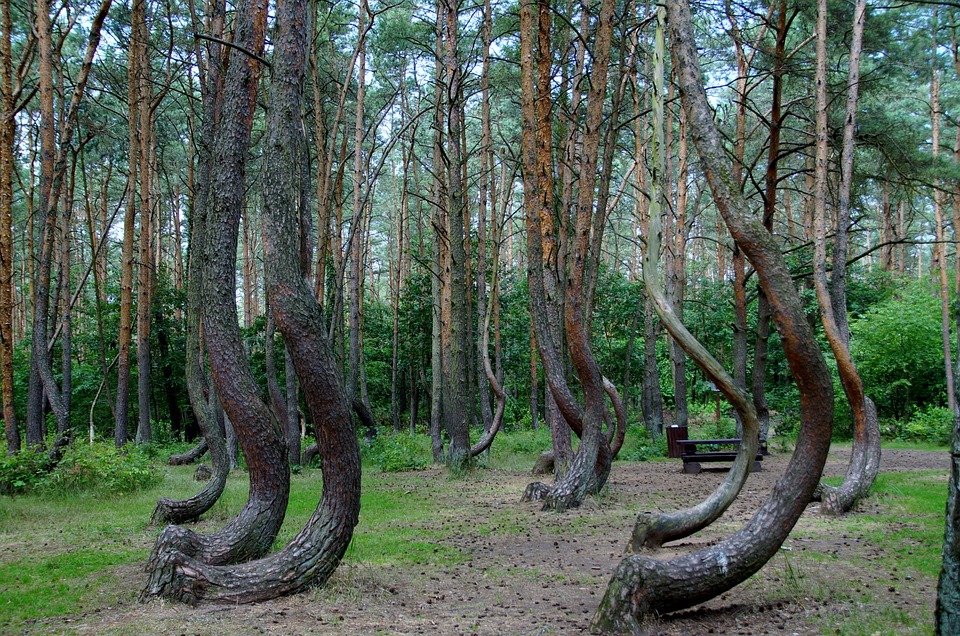
A young girl falls in love, reciprocated, with a handsome prince. Unfortunately, their faith – one Catholic and the other pagan – divides them and it seems that it doesn’t allow them to be together. The girl goes to the forest and, with her song and dance, she manages to make the forest dance. The prince, fascinated by the power of the girl’s faith, decides to convert and have his people converted. And the trees? They remained “crooked” forever, suddenly stopped in their dance.
This is, of course, just a legend, but there are really crooked trees in this fascinating forest, full of mystery. In fact, the real reason why the trees of this forest grow with this particular shape is unknown… should we believe the legend?
5. Białowieża Forest, Poland – Belarus
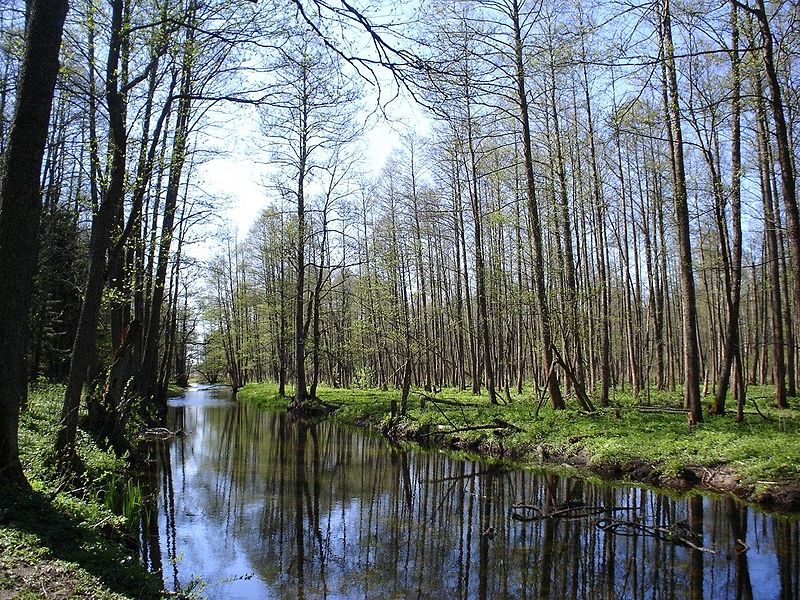
This forest also preserves and guards unsolved mysteries and fantastic legends. In the central part of the Bialowieza forest, a stone circle was discovered: at this construction, the trees, especially oaks, significantly differ in appearance from the other trees in the area. Actually, most of the trees that grow near the circle develop not one but several trunks.
Although this type of trees can also be found elsewhere, it seems that here they are a rule. Dowsers and geomancy practitioners argue that a particular type of positive energy emanates from these stone formations. It was in these places that the ancient Slavic populations of the pre-Christian era performed animist rituals.
The stone circle hides a legend: a long time ago, a mighty God with four faces, named Lasowid, ruled the territory of Białowieża. On a full moon night, he saw a particularly attractive nymph at one of the many fountains in the forest and fell in love with her. From this union, a son called Wisz was born; he became a strong and ambitious man. At the same time, an old witch also lived in the woods who, wandering through the forest, discovered an area particularly suitable for performing her spells. But she lacked elements, that is, large stones coming from the depths of the lake. And, here comes Wisz who proposed a pact to the old witch: he would have extracted and placed the stones if she had helped him to dethrone his father. Wisz carried out his part of the deal and the stone circle was ready in one night, but instead of fulfilling the promise, the witch lit a large fire and tricked Wisz, turning him into a stone, which is still inside of the circle today.
4. Beech forest, Germany
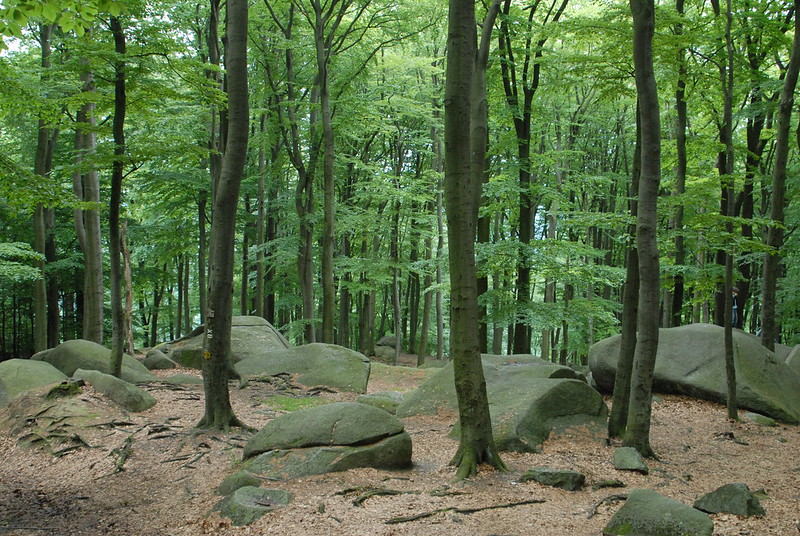
The primeval forests of the Carpathians and the ancient beech forests of Germany are the largest remaining “primeval” forests in Europe. There, you can admire the largest and tallest beech specimens in the world. Five of these German forests have also been declared a World Heritage Site by the United Nations.
3. Forêt de Paimpont, France

Whether or not you believe the legends of King Arthur and that this is actually the mythical forest of Brocéliande it doesn’t matter. More than 1,000 visitors come to Paimpont Forest a year to take part in some mystical celebrations as well as for the incredible beauty of the forest. Everyone is mesmerized at Merlin’s tomb or looking at Hotié de Vivianne – the castle of the Lady of the Lake who imprisoned Merlin in a tree, as it’s said.
No one can deny the age and antiquity of the forest, plus, some of its immense oaks certainly have mythical proportions. A trip to this forest is a perfect adventure for children who love ancient stories. Events and demonstrations are organized throughout the year, some of which are truly spectacular. It is a delightful place to walk and explore, with colors of autumn and spring that will enchant you.
2. Hoia-Baciu Forest, Romania
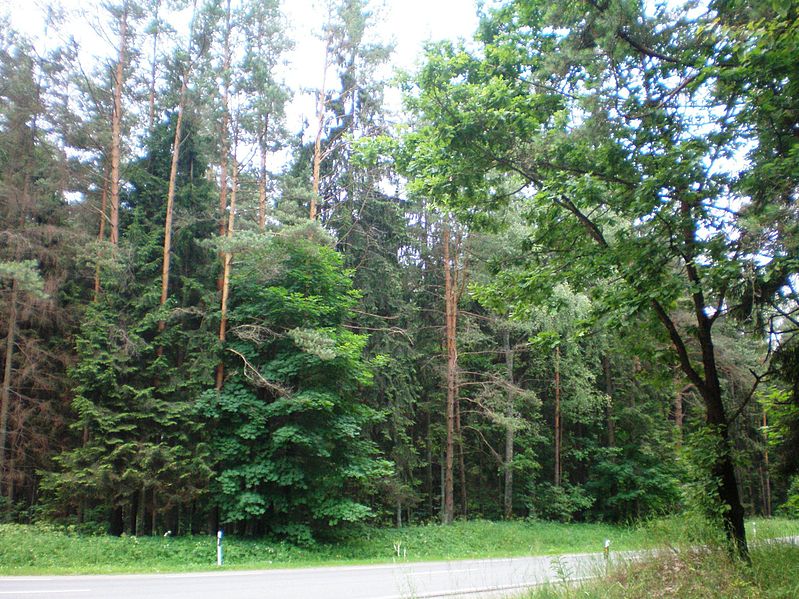
Right in the heart of the Ardeal region, in a place with an ancestral aspect, lies one of the most mysterious places in Romania. Many words have been written about this place and many onlookers have tried to venture into this forest which seems to be a sort of “door between worlds”.
The Hoia-Baciu Forest is, for sure, one of the most famous places in Romania, where a series of inexplicable phenomena have been studied and analyzed. It’s also known as the “Bermuda Triangle of Transylvania”.
Becoming famous since 1968, it has been known by the local population since forever: everyone here knows that it’s possible to hear a rustle that seems to come from another world among the trees, where all the fears of the human subconscious come to life. From the very first steps into the forest, it is possible to experience symptoms such as nausea, anxiety, headaches, and sometimes even burns on your skin!
Hoia-Baciu Forest has been a taboo subject for a long time, because people were afraid to even talk about this place, considering it cursed and home of the Devil. Alexandru Sift, a biologist, began studying the paranormal phenomena that are said to occur there, seduced by the fame of this forest and intrigued by all the amazing stories he heard from the locals. Taking some photos, he managed to capture some shadows, some other shapes, lights, and figures that materialized only on the film. Since then, many researchers have been drawn to this place.
But, the strangest thing happened in August 1968, when a 45-year-old ex-soldier, ignoring the warning of the villagers, went to spend a few hours of rest over the weekend with his girlfriend and two other family friends. Returning from the firewood harvest, the four saw what appeared to be a UFO flying over the forest, without making any noise. The strange flying object suddenly began to glow and accelerated towards the sky. The four managed to take photographs which, once developed, were defined by experts as “the clearest images of a UFO taken in Romania and some of the most beautiful ever made “.
The Hoia-Baciu Forest continues to be fascinating, mostly because of what witnesses say about the strange physical sensations, the lights in the middle of the night, the strange appearances of human faces, the voices, and the different colorings.
1. Black Forest, Germany
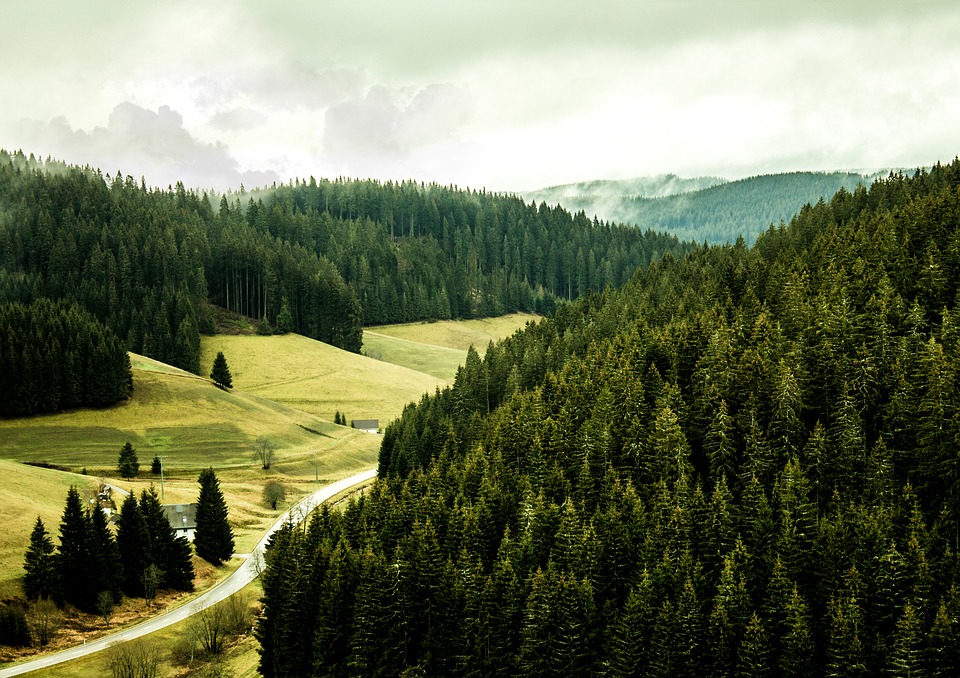
This forest is called “black” because it’s so dense that it doesn’t allow the sun’s rays to penetrate it and has always inspired fairytales and legends. Apart from hosting numerous panoramas and being an ideal habitat for a wide variety of flora and fauna, this forest seems to have been home to some wizards and witches.
There’s a legend that tells of the so-called “Freischützen” (eng. free shooters) or soldiers who, aided by the devil himself, fired infallible bullets; werewolves; and paranormal apparitions like that of the oppressive monks of the monastery of St. Blasien who remained to wander through the forest even after death. There would be equally magical but more affable creatures inhabiting the forest, but it seems that the main inhabitants are witches responsible for bad weather, plant deaths, and animal diseases.
Yet, despite these terrible legends, the Black Forest continues to attract visitors from all over the world with its charm.
Check out these amazing hotel deals!
- Save up to 30% on your hotel in Hawaii!
- Last-minute holiday hotel deals
- Top hotel deals for a new year trip
- Visiting Paris? Find the Best Deals & Reviews at TripAdvisor.
- Save 30% on hotels in Ocean City, Maryland...a TripAdvisor Top 10 Summer Destination!
- Save up to 30% on your hotel on your Winter Vacation!
- Find top-rated hotels at the lowest prices on TripAdvisor. Check rates now!
- Save up to 30% on hotels for a romantic getaway!!
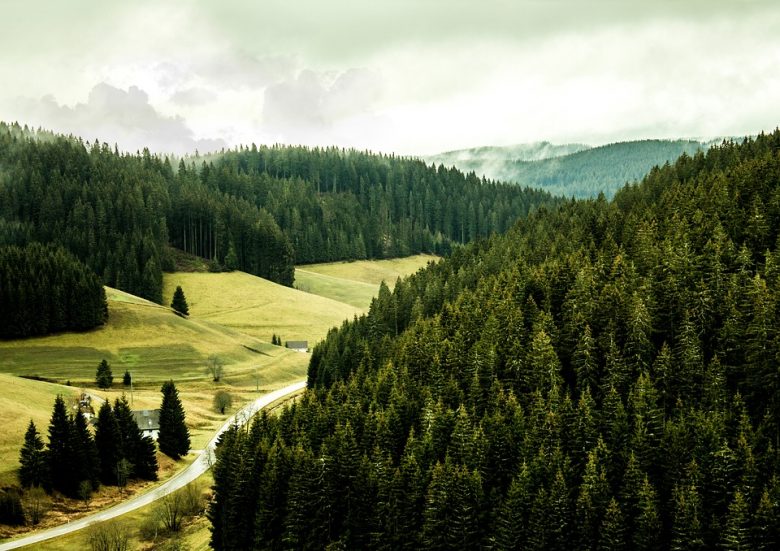
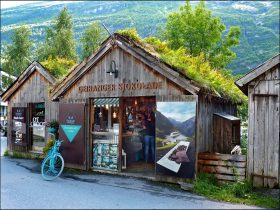




Find Us on Socials